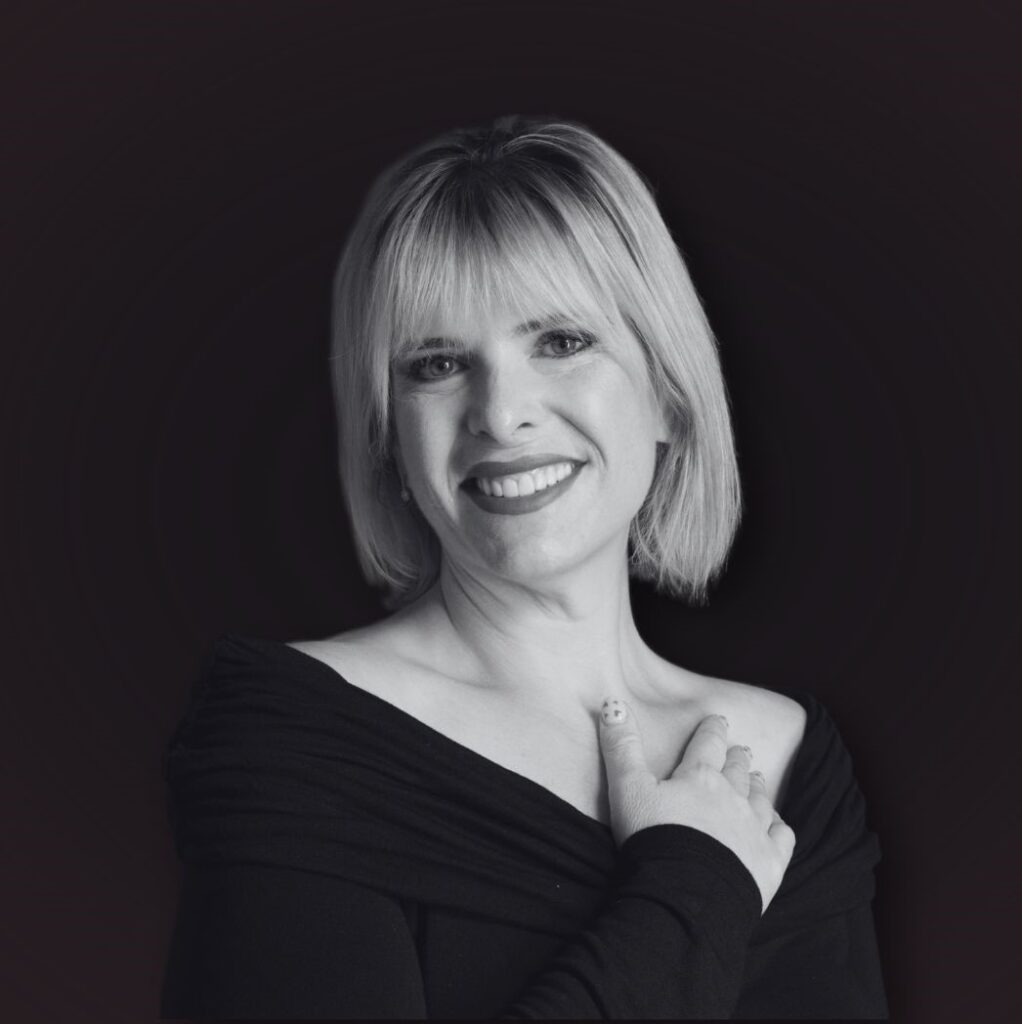I didn’t start a company to be told which chair to buy, how many minutes a lunch break has to be, or whether my break room snacks meet code. I started it because I believed in building something better, and I wanted a team to build it with.
But what I’ve learned over 13 years as a California employer is this: the system doesn’t trust employers to care about their people. It assumes we’re out to exploit, and it assumes compliance creates care. So it piles on rule after rule, not realizing that the weight of all this regulation doesn’t protect good people—instead, I believe it crushes the ones who are trying to be good people.
As a female entrepreneur, I’ve always wanted to give my team the best. Yet I’ve spent more time worrying about lunch break laws than about how to help my people grow. To me, that’s not what leadership is supposed to look like.
Because I believe the best entrepreneurs do care. We remember birthdays. We pull all-nighters. We put payroll before profit. Not because a rulebook told us to, but because that’s who we entrepreneurs are. But somewhere along the way, the system forgot that.
It breaks my heart that the system stifles the very people who build businesses. And I believe that by doing this, we’re not protecting workers—we’re shrinking futures. More and more founders I know are looking abroad, not for cheaper labor, but for the freedom to lead well again.
And that should worry us all. Because when the American dream becomes unlivable for its dreamers, the dream doesn’t die—it just moves to another country.
You Might also like
-
Leadership That Starts at the Kitchen Table
Marlene Dandler built her company and a community from her kitchen table.
This week, I sat down with Marlene Dandler, founder of Seashore Academy, a fast-growing network of private hybrid schools that started right there — at her kitchen table.
What inspired me most wasn’t just how far she’s come, but how she leads: with clarity, care, and the conviction that great education, and great leadership, both start with human connection.
My three top takeaways:
1️⃣ Hiring for alignment, not background
Marlene explained that her toughest hires were leaders from traditional education, talented people who struggled to embrace Seashore Academy’s flexible hybrid model. What finally worked was finding a leader who shared her excitement for change and innovation.2️⃣ Leadership energy trickles down
She compared leading her company to parenting: when she’s calm, the household, or the business, is calm. Her morning run and prayer aren’t just self-care, they’re her leadership practices.3️⃣ Culture travels through connection
She keeps her on-site and remote teams united through short daily video huddles and by sharing photos from the classrooms, reminding everyone, even those thousands of miles away, of the joy they’re helping create.Conversations like this remind me how much leadership is about intention — who we hire, how we show up, and how we stay connected across distance.
Grateful to Marlene for sharing her story, her heart, and her wisdom.
Full episode coming soon.
 Post Views: 84
Post Views: 84 -
The Real Cost of Hiring Cheap
“If you think it’s expensive to hire a professional to do the job, wait until you hire an amateur.”
—Red Adair
Every time I see this quote, I’m reminded of how true it is in hiring. The cheapest option almost always turns out to be the most expensive.
Expertise saves you money, time, and headaches, always. The hard lesson is this: what looks like a good deal usually isn’t.
Quality has its price.
 Post Views: 180
Post Views: 180


